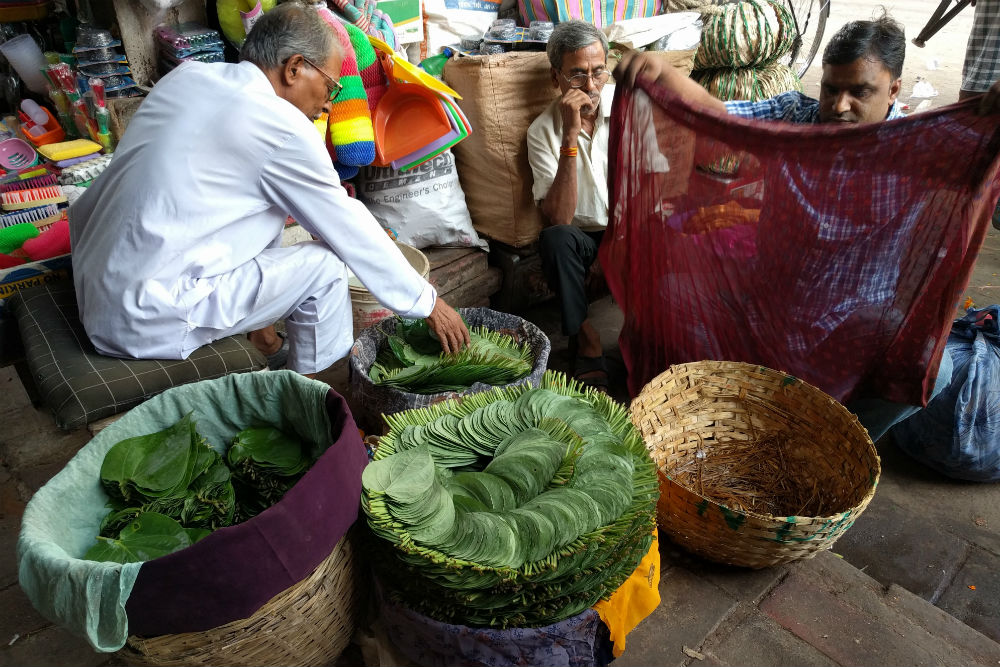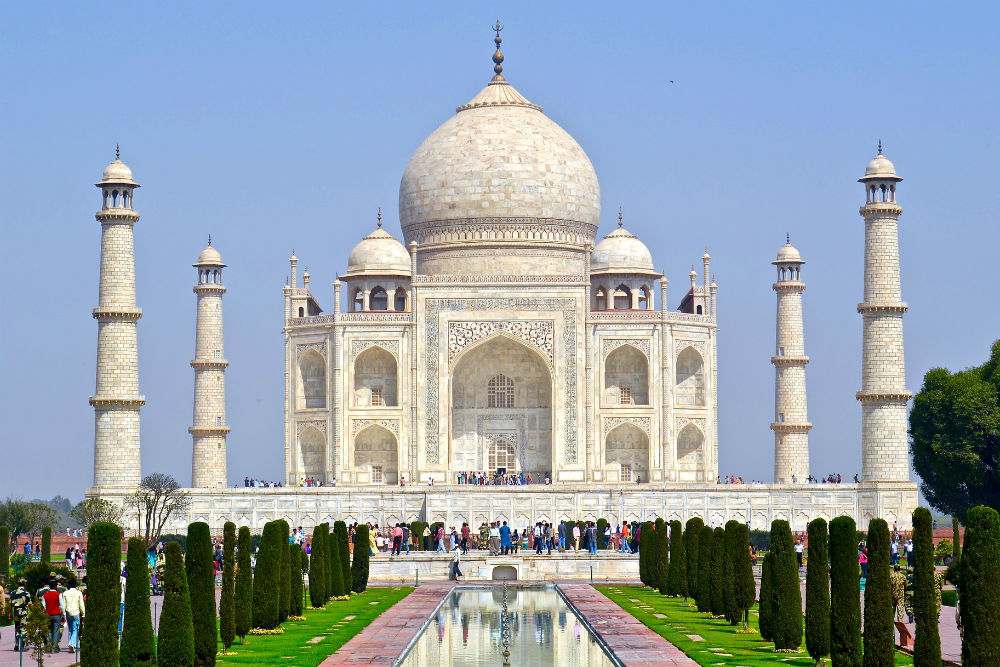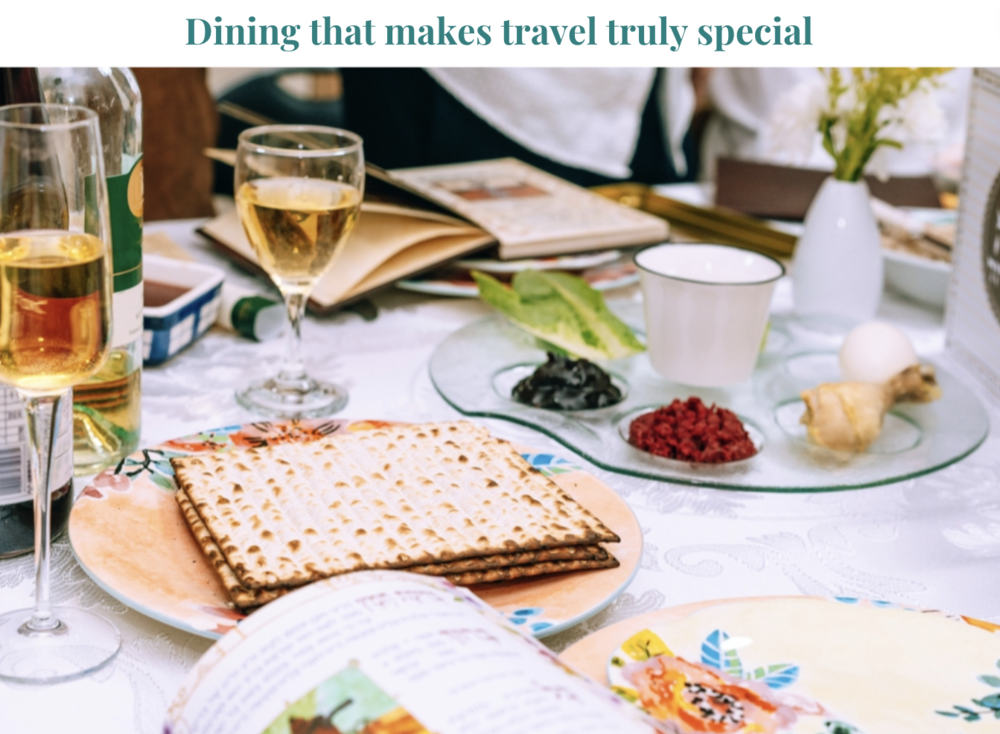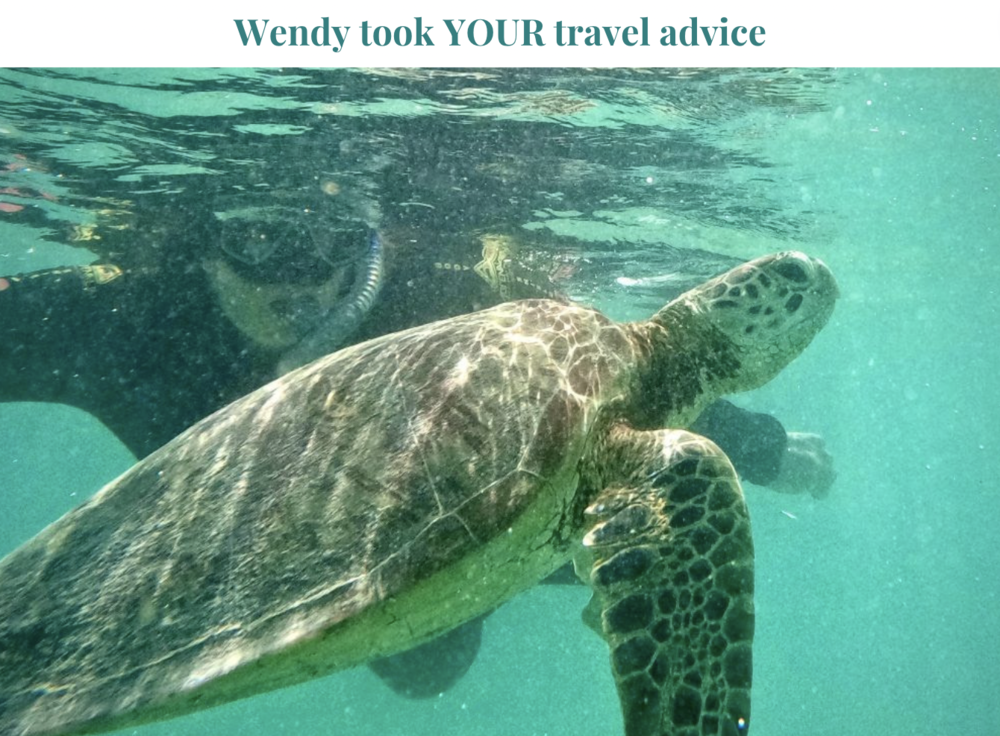Secrets of India: Insider’s Travel Guide
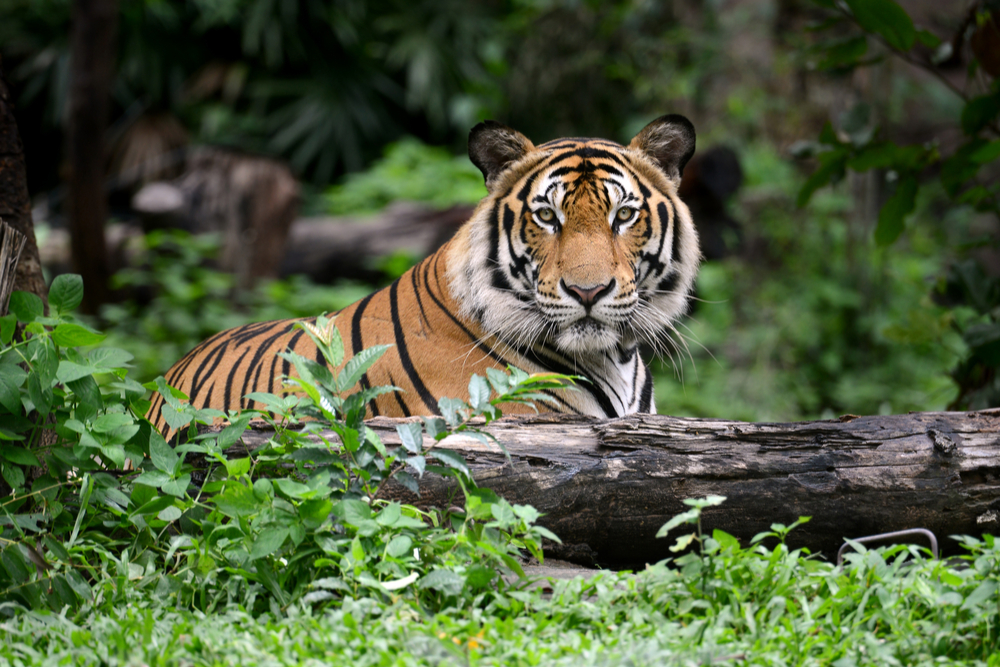 India's national parks offer an incredible diversity of wildlife, including Bengal tigers. Photo: Shutterstock
India's national parks offer an incredible diversity of wildlife, including Bengal tigers. Photo: Shutterstock
The insider advice on this page is from one of Wendy’s Trusted Travel Experts for India: Sanjay Saxena of Nomadic Expeditions
The son of a brigadier general in the Indian Army, Sanjay was born in New Delhi and grew up living in numerous places throughout India. He began mountaineering and rock climbing in the high Himalayas at age 15, and since 1979 has led groups on trekking, climbing, touring, and safari trips not only in India but in Tibet, Mongolia, Sri Lanka, Nepal, and Bhutan. In 1992 he and David Breashears co-led the first western descent of the Brahmaputra River—a 250-mile whitewater rafting trip that was filmed for the BBC series “Classic Adventures”—and in 2001 he led the first Western group to journey overland from Kunming to Lhasa along the “southern road. Committed to running trips that are ecologically responsible and culturally sensitive, Sanjay has been named an “Unsung Hero of Compassion” and recognized by the Dalai Lama for the community projects he has created in South Asia. Travelers benefit from his rare combination of deep insider knowledge and talent for creating unique, intellectually engaging itineraries to both traditional and remote destinations.
Things to Do and See
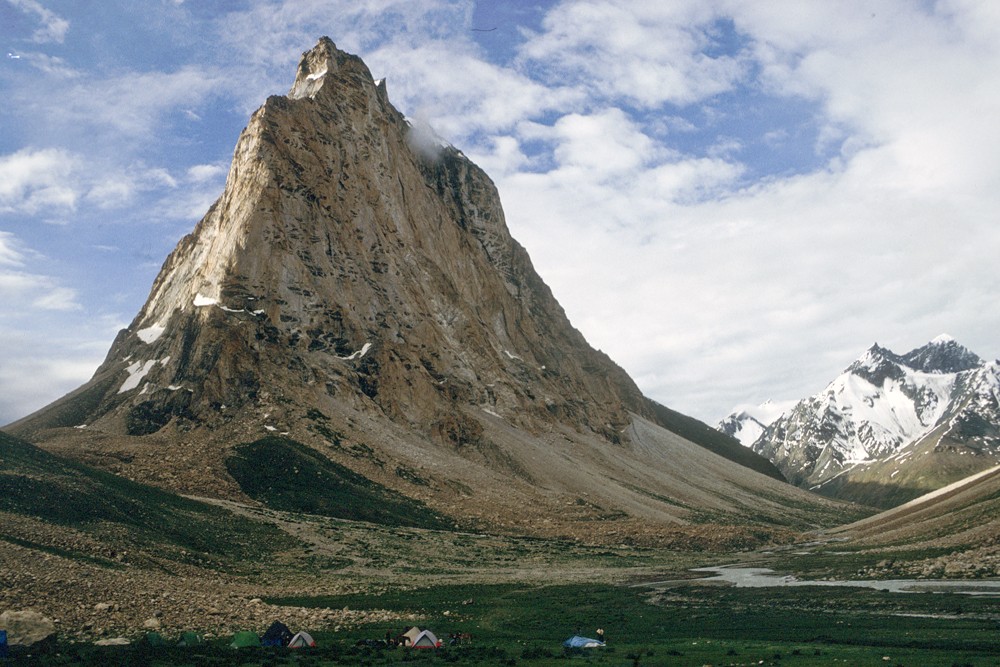
Ladakh, in north India: Now that’s a tent with a view. Photo: Sanjay Saxena
Don’t miss
The wildlife. India’s national parks offer an incredible diversity of fauna, enough to satisfy even the most discerning safari-goer. On display are the world’s largest wild population of Royal Bengal tiger, the one-horned rhinoceros, Asian elephants, black bear, leopards, buffalo, a whole array of primates and reptiles, and hundreds of bird species. You can see all of the aforementioned wildlife at Kaziranga National Park, in Assam. Other top tiger parks are Kanha, Bandavgarh, and Pench.
The Taj hotel group has four luxury lodges in different parks; these can be combined to create an excellent itinerary. For those with a more moderate budget, Pugdundee Safaris’ seven lodges in six different parks are a great option.
If you can handle higher elevations and colder weather, head to Ladakh in winter and be rewarded with sightings of the snow leopard. Stay at the comfortable Snow Leopard Lodge and head out during the day on excursions to spot the most elusive of the big cats. Snow leopards are often referred to as the “ghost of the mountains,” but travelers staying at the lodge have an 80% chance of seeing one in the wild.
Hidden gem
Northeast India (the part of the country that is east of Bangladesh) is one of the least-visited regions of India, but it has an immense amount to offer: indigenous tribes, ancient temples, wildlife parks, pristine rivers, and high mountains. The seven sisters (as these seven states are known) have a cultural heritage and history completely different from the rest of India, as they were never ruled by the kings of Central, West, or Northern India; even the British had a difficult time penetrating this region. In the past, it was difficult to visit the northeast due to a lack of infrastructure, but that has changed with the Mahabaahu, a luxury cruise ship plying the Brahmaputra River. When WendyPerrin.com travelers book a standard cabin, they are automatically upgraded to a cabin with a balcony.
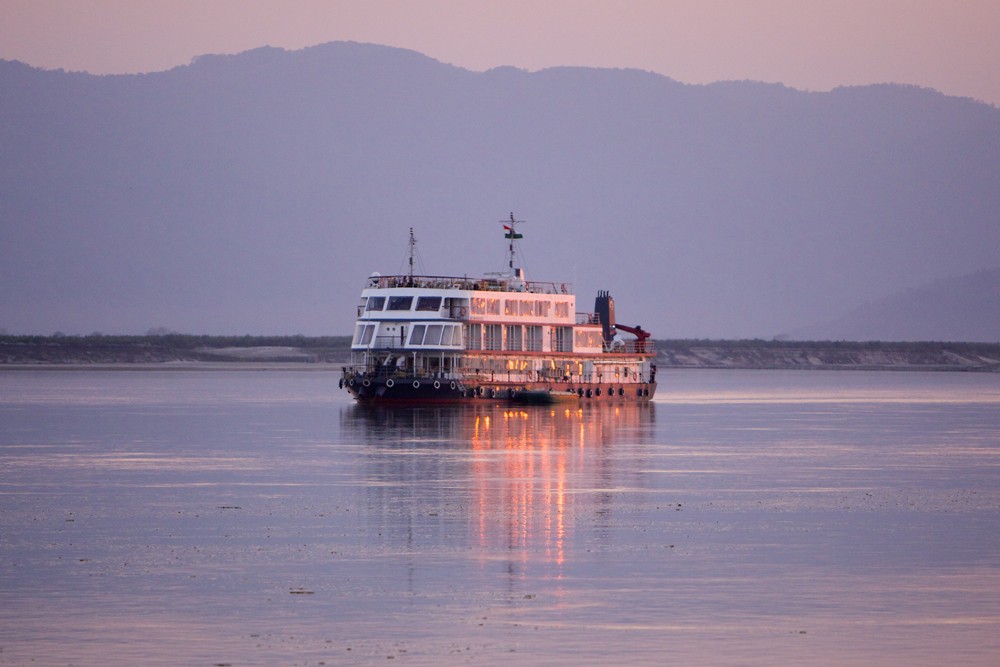
A Brahmaputra River cruise takes you through a part of India that most travelers miss. Photo: Sanjay Saxena
Most Underrated Place
Varanasi, or Benaras, (also known as Kashi) is the India of your imagination. This is one of the world’s oldest continually inhabited cities, and one of the holiest pilgrimage site for Hindus. Varanasi offers a breathtaking experience to every visitor—the sun’s rays at dawn shimmering across the Ganga River, temples and shrines along the banks bathed in a golden hue, soul-stirring chants of hymns and mantras with the fragrance of incense filling the air. When viewed from a boat in the river, the sunset aarti prayer ceremony with chants and large oil lamps is a truly magical sight: The twirling of the lamps’ flames reflecting in the water makes the holy river come alive. Varanasi is also renowned for its rich tapestry of music, arts, crafts, and education.
Cheap thrill
A rickshaw ride through the narrow alleyways of the Chandni Chowk bazaar in Delhi. The drivers make a game of it, just barely missing cows, pedestrians, and the numerous wares displayed along the sidewalks; you’ll feel like you’re in a NASCAR race—but with monkeys clambering along the power lines.
Bathing an elephant at one of the many elephant camps in Kerala. Sure, it’s hokey, but it’s a ton of fun. Be forewarned that you’ll get drenched when the elephant sprays you with a trunk full of water that comes out with the force of a fire hose.
Bragging rights
Sanjay can arrange for you to spend time with nomadic tribes in a remote part of Rajasthan’s Thar Desert known as Jamba. The Bishnoi follow an offshoot of Hinduism that promotes environmental stewardship and has allowed them to live in this arid region since the 15th century. Around September and March you may also catch the migration of more than 30,000 demoiselle cranes heading to or from Mongolia.
How to spend a lazy Sunday
Enjoy a treatment at an Ayurvedic spa. Though ayurveda is really a multi-day, holistic healing system, you can still get a taste of this ancient philosophy during a single session. The Jiva spas at the Taj group’s top-end hotels all maintain high standards of service.
Where to Stay and What to Eat
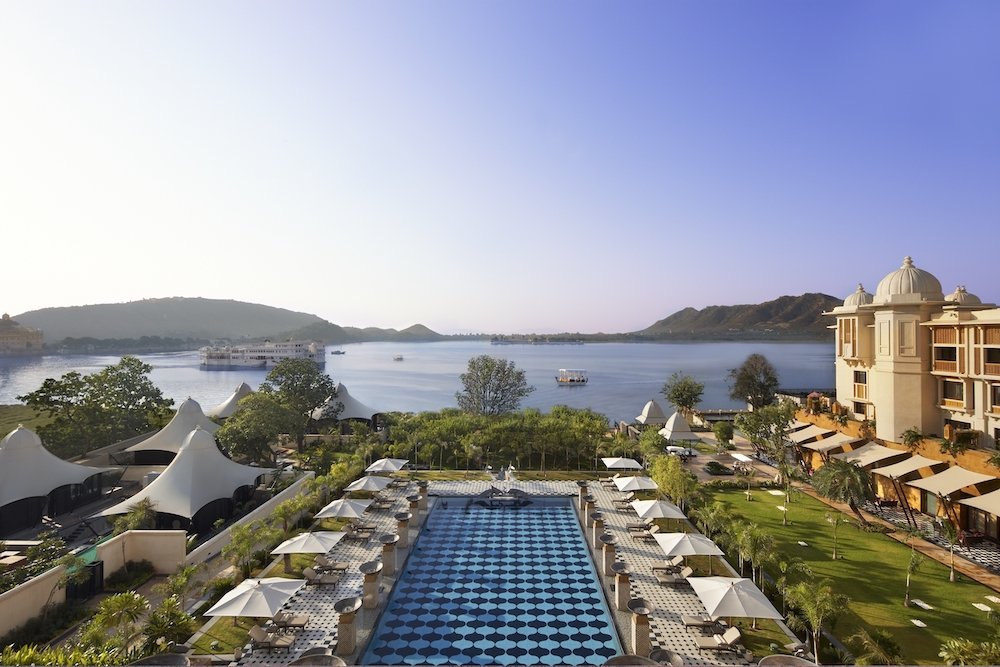
The Leela Palace Udaipur hotel sits right on Lake Pichola. Photo: The Leela Group
Best-value splurge hotels
With new construction steeped in Indian architectural style and competitive rates at most properties, the Leela Group of hotels is set to challenge historic subcontinent mainstays Taj and Oberoi. The Leela Palace Udaipur, for instance, is built right on the shore of Lake Pichola, in the over-the-top style of latter-day maharajas. At this hotel and the Leela Palace New Delhi, the entry-level rooms are the best value.
Dishes to try
India is largely a land of vegetarians, so forget about your favorite butter chicken or lamb vindaloo. Vegetables there are cooked in so many different ways that you can have the same one on consecutive days and every dish will taste vastly different. Take, for example, bhindi (okra): There is sukhi bhindi (dry stuffed okra), bhindi piazza (stir-fried with onions and tomatoes), traditional bhindi curry (okra in gravy), baison bhindi (coated with chickpea flour and stir-fried) and bhuna bhindi (lightly roasted), to name just a few cooking styles.
If you want to try several local specialties at once, order a “thali,” a full meal consisting of seven to ten small samples of different dishes, served with rice and roti or naan (a local flatbread).
A few good regional options:
Sarson da Saag is a Punjabi favorite—finely chopped baby mustard leaves cooked with onions, ginger, and a host of other spices. Best eaten with makki ki roti, a cornmeal flatbread.
You can find Biryani all over India, but if you haven’t had Hyderbadi biryani, then you haven’t had biryani. Meats are marinated and tenderized in yogurt and spices for a day or more before being cooked with rice. A perfectly cooked biryani will have fluffy, flavorful rice with tender chunks of meat or chicken.
Galawati Kebab was traditionally made of minced mutton, though now one can find chicken preparations that are just as good, marinated in yogurt for that smooth texture.
Lentils are, of course, the quintessential item on any Indian menu, but in Udaipur they make dal with a mix of four or more lentils, giving it a distinctive texture and taste.
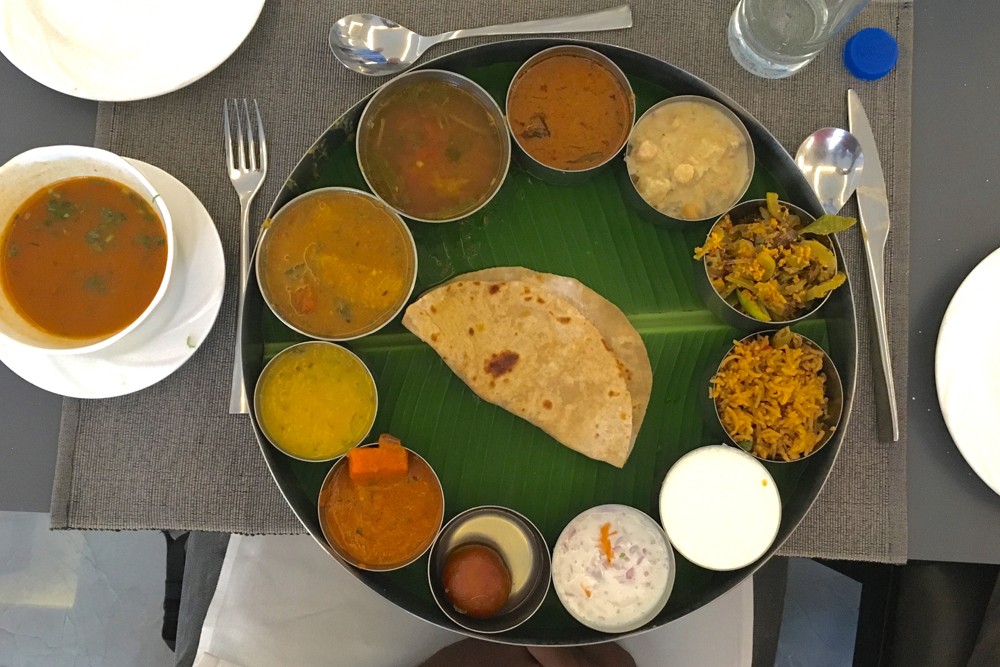
Order a thali (like this one from South India) and you’ll get to sample several local specialties. Photo: Sanjay Saxena
Meals worth the splurge
Bukhara, in Delhi’s ITC Maurya hotel, is a meat lover’s paradise, attracting wealthy Delhiites, Indian celebrities, and world leaders. Fashioned on the old Mughlai style of cooking, the dishes are what a king would have eaten while on a campaign and grilled over an open fire. Try the barra kebabs, squares of goat marinated in a yogurt-and-spice seasoning.
For the finest seafood, go to Cochin. The Rice Boat, at the Taj Malabar, is built right on the edge of the water and designed as if it were an actual boat; big windows look out onto the harbor, a lovely view both by day and at night. Chef Meril Antony started as a trainee chef at the Malabar, refined his culinary skills at various Taj restaurants, and has now returned as the executive chef. His favorite dishes remain karimeen pollichathu (a local whitefish that is spiced and cooked in a banana leaf) and prawn peera, recipes he learned from his mother and not at culinary school. All the seafood is sourced nearby and cooked in traditional pots like the chatty (an earthen pot) and the cheena chatty (similar to a Chinese wok).
Best Times to Go
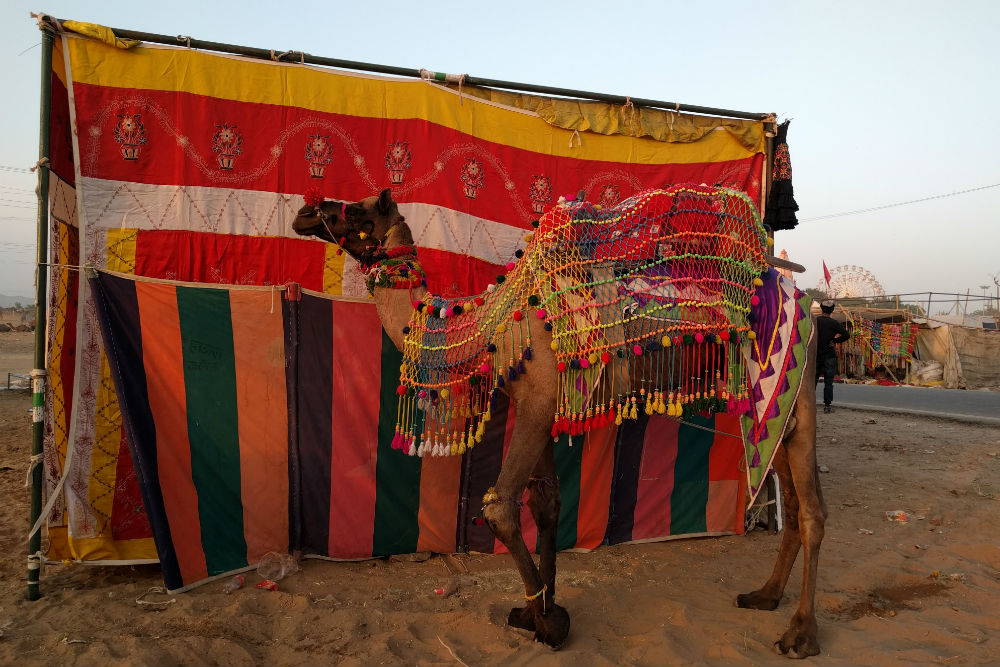
India stretches all the way from just above the equator to 40° North latitude, which means there is a part of the country with a pleasant climate during every month of the year:
November through February is a good time for all of South India, Central India, and most of North India, except for the Himalaya mountain states.
March through June are some of the hotter months in the central plains—which run from the Himalayas in the north to the hill country in the south—but it’s the best time for visiting the wildlife parks, especially the tiger reserves. Spring is also an excellent time for hikers, as many Himalayan trekking routes are open and the mountains (up to about 14,000 feet, at least) are covered with rhododendron blooms and other wildflowers.
While June, July, and August is the monsoon season for most of India, it is the best time to visit Ladakh, which lies in the rain shadow of the great Himalaya and thus stays relatively dry.
September and October are another good time for trekking, with clear skies and fall color in the Himalaya. This is also when a number of important festivals take place in North India, including the Pushkar Camel Fair, Diwali, Dussera, and Durga puja.
Worst Time to Go
May through August: For a lot of people, the heat and the humidity brought about by the monsoon rains are too much to bear.
Biggest Rookie Mistake
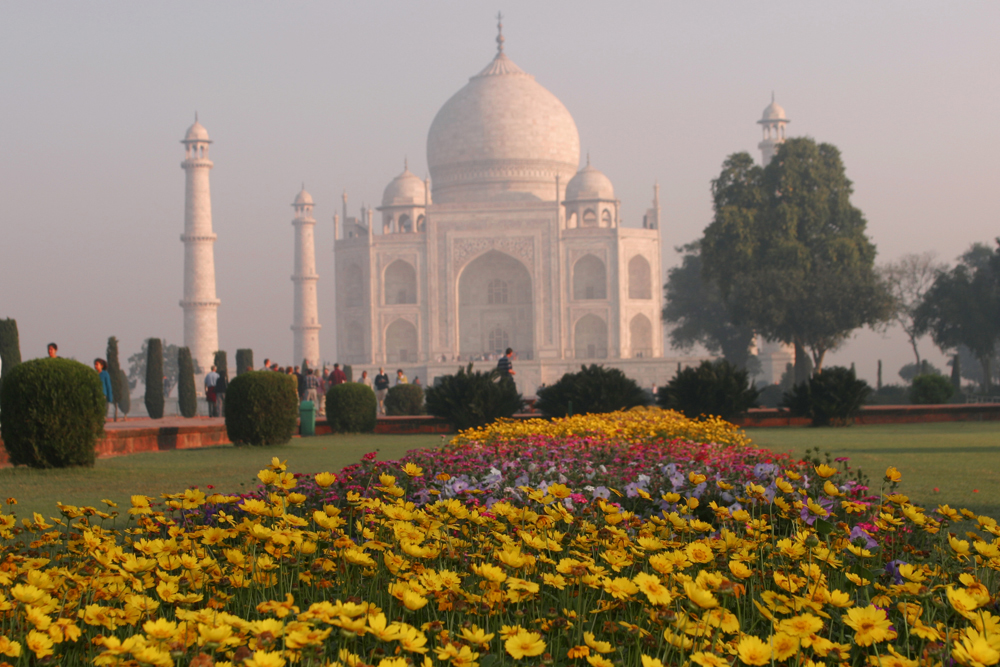
Seeing Agra (home of the Taj Mahal) on a day trip from Delhi. Since they’re 100 miles apart, it’s possible—but not advisable. The drive takes four hours, so you reach Agra in the middle of the day, when the white marble of the Taj washes out in the bright sunlight. The Taj is best visited from late afternoon into sunset, and at sunrise. Moreover, Agra was the seat of the Mughal Empire for over 200 years and offers a lot more than just the famous Taj: There are three other UNESCO World Heritage monuments in the city, which can’t all be packed into a day’s visit. Devoting two full days is best, but even if you’re pressed for time, an overnight is a must in order to see the Taj at sunrise.
Instagram Moments
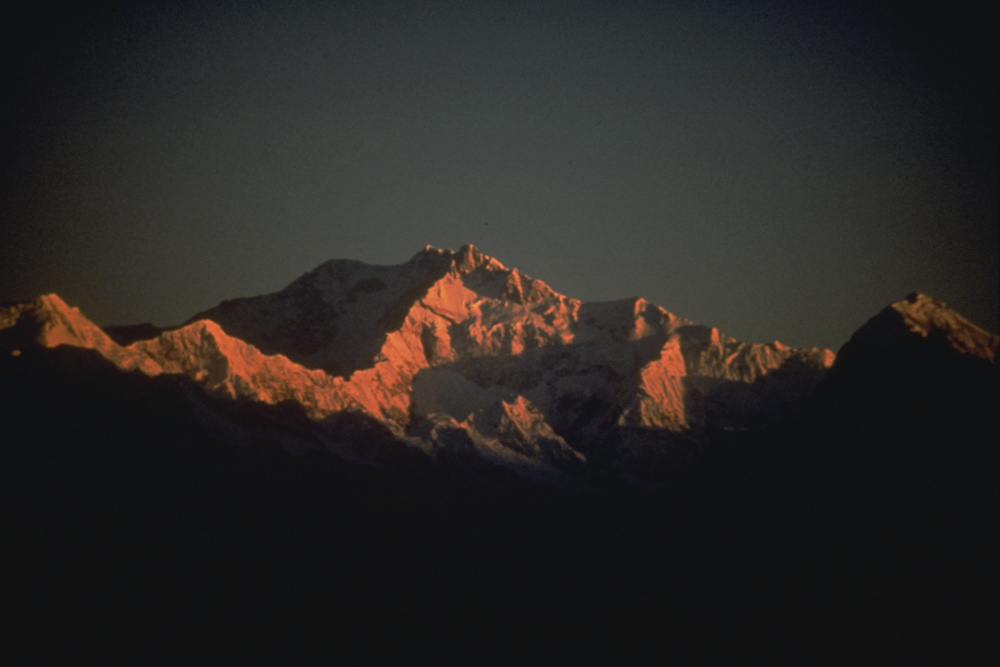
For a full view of the Himalaya without having to hike, head to Darjeeling or Mussorie. The peaks are often visible at sunrise, but over the course of the day the snow evaporates and forms clouds that usually obscure the summits by sunset.
Everyone goes to the Taj Mahal at sunset; few know to enjoy the better view from the Mitab Bagh, across the Yamuna River. From here, since you’re facing west, you can capture the Taj and the setting sun in the same photo.
Kerala’s natural beauty makes it easy to get a great shot while cruising on a houseboat. A far cry from the busy cities of the subcontinent, here you’ll find only coconut palms silhouetted against the red sky of sunset.
Scam to Avoid
If you’d like to take a picture of a villager or tribal member (even one in a city or at a pilgrimage site), have your guide speak to them first to confirm that this is okay and perhaps establish a fee. It has happened more than once, all over the country, that an individual will smile and pose for a photo, then demand a lot of money in return—even getting aggressive if their demands aren’t met.
Must-have App
City Maps and Walks has a number of India cities in its portfolio. Some of the better self-guided walks are for Agra, Jaipur, and Mumbai.
Airport Intel
While digital boarding passes are now accepted in all major airports across India, Sanjay still recommends carrying a hard copy in case there are Wifi issues or your phone dies. Also many regional airports still insist on seeing a paper ticket.
Tipping Tip
In restaurants, a 10% tip is fine, 15% is considered generous. Hotel porters should be given $1 per bag; metered taxi drivers do not expect a tip, so 5 to 10% will be appreciated.
Don't Forget to Pack
Sunscreen is surprisingly hard to find in India. Also bring some slippers or airplane socks for visiting religious shrines, where shoes are not allowed.


